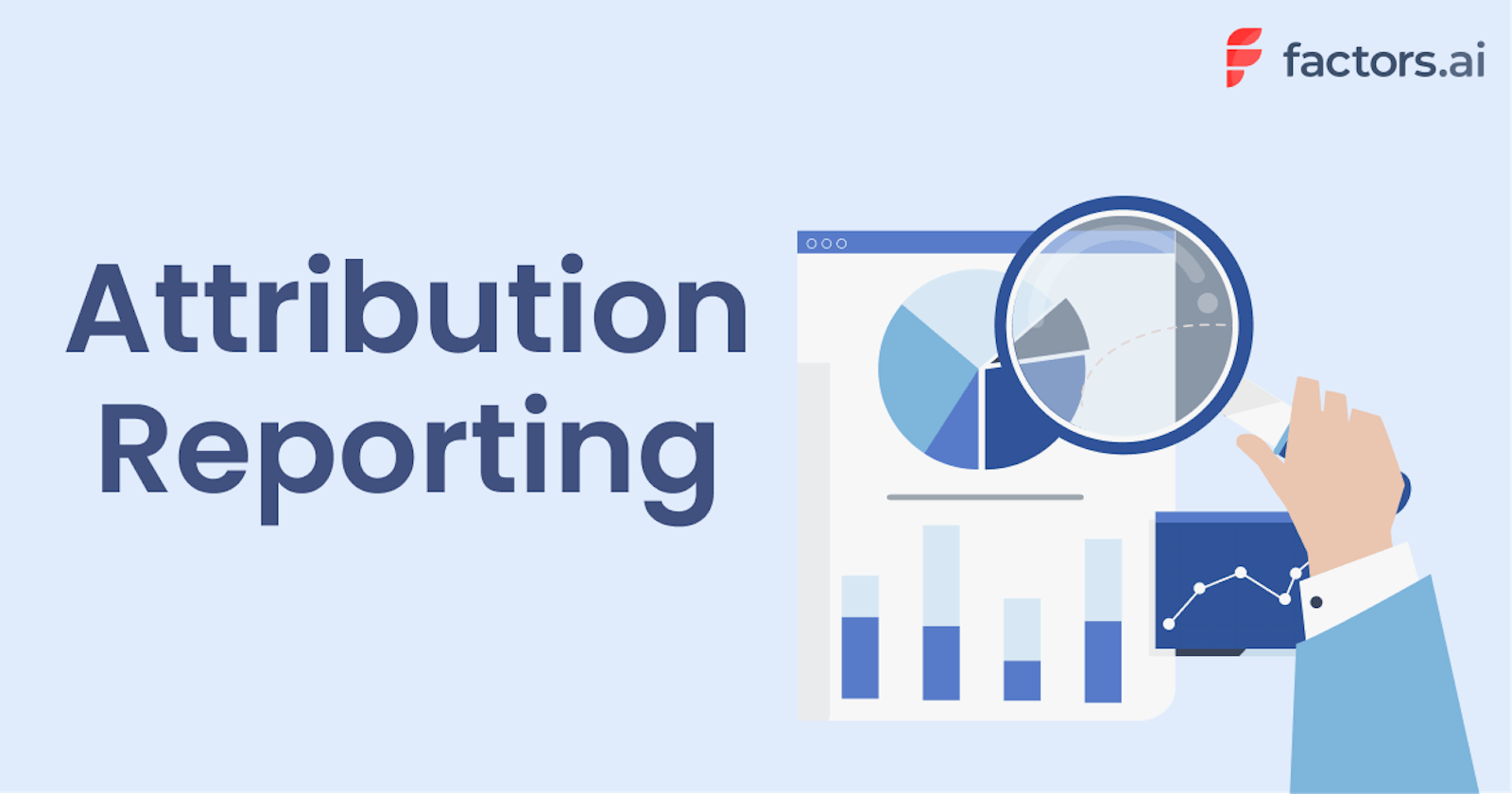Attribution Reporting:
What Can You Learn From Marketing Attribution Reports?
When it comes to a reliable source of channel performance data and revenue optimization, marketing attribution is second to none. That being said, attribution reporting can appear to be an unintuitive, overwhelming endeavor. The following blog highlights what marketing attribution is & what you can learn from an attribution report.
Attribution reporting
· What is marketing attribution?
· Why is marketing attribution important?
· What are the different types of attribution models
· What is attribution reporting? + What is an attribution report?
· What can you learn from an attribution report? + Key Metrics?
· Why use attribution reporting?
· When do we need to use an attribution report?
· How does the attribution report affect my report?
## What is attribution in marketing?
Marketing attribution, also known as revenue attribution, digital marketing attribution, or multi-touch attribution, is a strategy that involves tracking and measuring the value of customer interactions or touchpoints with marketing efforts such as ads, webinars, emails, etc. As the name suggests, attribution attributes every marketing touchpoint with credits or value so as to discern their individual impact on conversion goals
**
Why is attribution important in marketing?**
- Proof of concept: B2B SaaS sales cycles are notoriously long. From a budget perspective, waiting on sales revenue contributions as proof of ROI from marketing channels and campaign performance may be ineffective. Using your lead metrics over your lagging metrics in the process of attribution helps justify the efficacy of your marketing channels ahead of time. For example, leads generated as the conversion goal in a multi-touch model.
2. Optimizing Marketing Spend and ROI: Revenue attribution is a valuable tool for determining revenue and forecasted revenue contribution of channels. It also helps identify poor and well performing channels. By highlighting channel performance, marketers can establish cost savings on low-performing channels and improve marketing spends on more influential channels.
3. Customer Journey Mapping: Marketing attribution also elucidates cross-channel relationships. This can for example highlight the probability of channel interaction across the funnel, forming a unique channel acquisition mix.
Types of marketing attribution models
For a more in-depth exposition on all things attribution modeling, and more models, check out this blog
When we measure channel influence across the funnel, we do so by attributing credits to them. This is done by using predetermined models that assign value to various touch points based on their order of occurrence down the funnel. We call this method of attribution rule-based attribution. The attribution models used are as follows:
- Single-touch attribution models: These models are also known as single source attribution. They assign 100% of attribution credits to a single touchpoint. For example: When a prospect clicks on an ad that you put out, which leads them to your site’s landing page, and after reading a few reviews, they schedule a demo. The use of a single-touch attribution model like first-touch attribution model would assign all attribution credits to the first interaction the prospect had with your brand, which was the advertisement.
- Multi-touch attribution models: These models attribute credits to multiple touchpoints, and the amount of credits attributed to each touchpoint varies depending on the model used. For example, a time-decay model would assign credits incrementally. With the first interaction/touchpoint having the least credits and the touchpoint closest to conversion having the highest.
Other types of marketing attribution involve custom attribution models and data-driven attribution. A custom attribution model is a unique model customized to work for your business’s distinct prospect buying pattern. Custom models are considered rule-based models. Data-driven attribution forgoes the use of models and assigns credits to touchpoints dynamically using machine learning algorithms, customer trend analysis.
## What is attribution reporting? What is an attribution report?
Marketing attribution reporting is the use of attribution reports as a part of a marketing attribution strategy. These reports portray the storytelling capabilities of attribution data. It is the collation of vital channel data, metrics, dimensions, data visualization, and more. All jam-packed into one cohesive and effective report.
## What can you learn from attribution reports?
+ Important metrics to track in an attribution report
The following are key information and metrics you can learn from a comprehensive attribution report:
Model-Based Information: When using rule-based attribution, the overarching utility in a report would be the information you get from using models and comparing them. This includes information on channel performance, which part of the funnel has the biggest impact, etc., all based on the models you employ and compare. (compare within a single report)
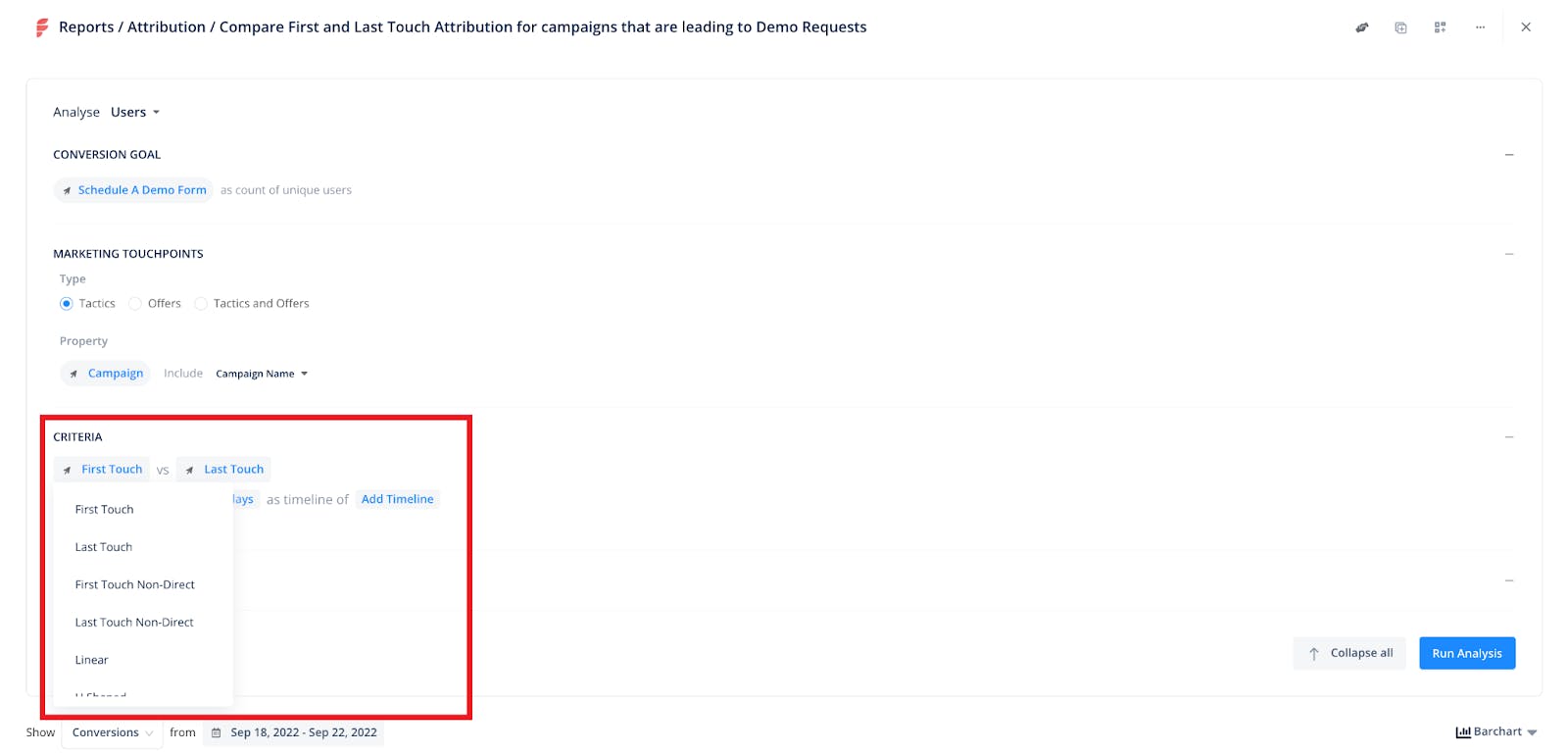

Baseline Metrics: This includes information such as clicks, impressions, CTR, etc. At a channel, campaign, AdWords, keyword level.
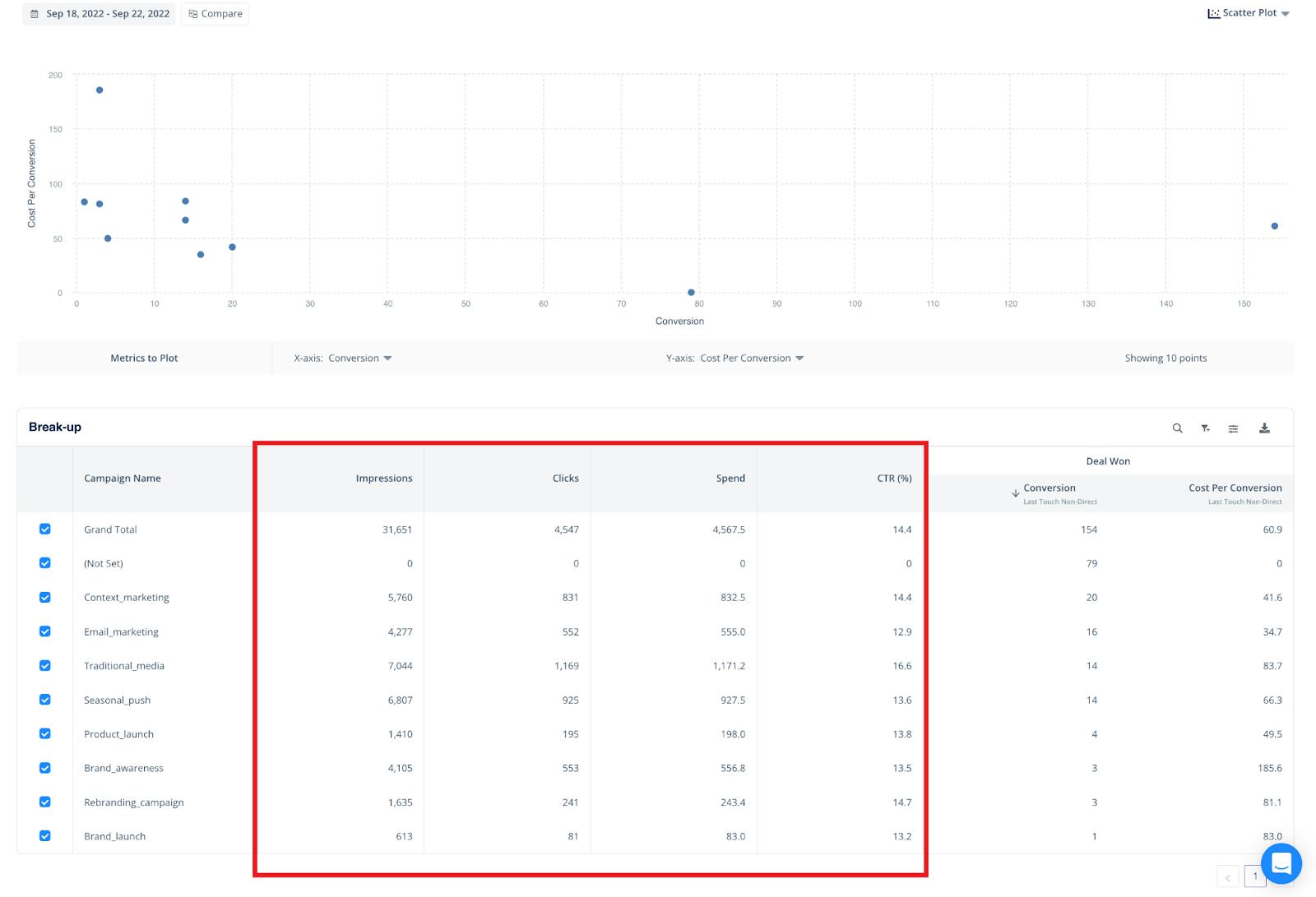
Lead-Based Data: A good attribution report provides lead-based information from the conversion criteria. Based on this information you can assess the following:
Lead-Based Data: A good attribution report provides lead-based information from the conversion criteria. Based on this information you can assess the following:
How many leads do particular channels, campaigns, keywords, etc. generate?
Revenue KPIs such as “cost per lead generated” based on spends.
How much pipeline is generated per lead based on closed won deals
Data on fresh leads and re-engaged leads
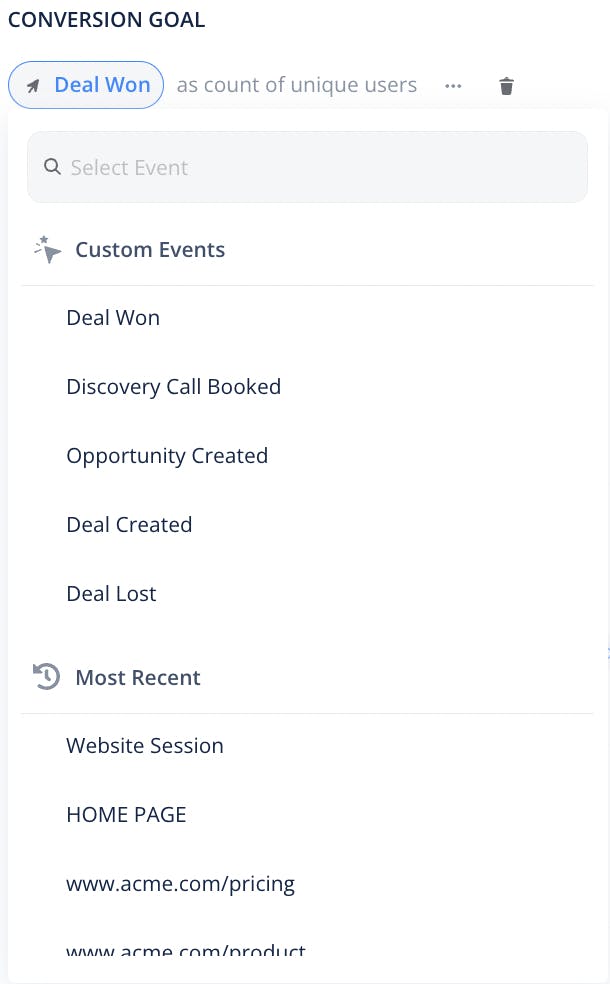
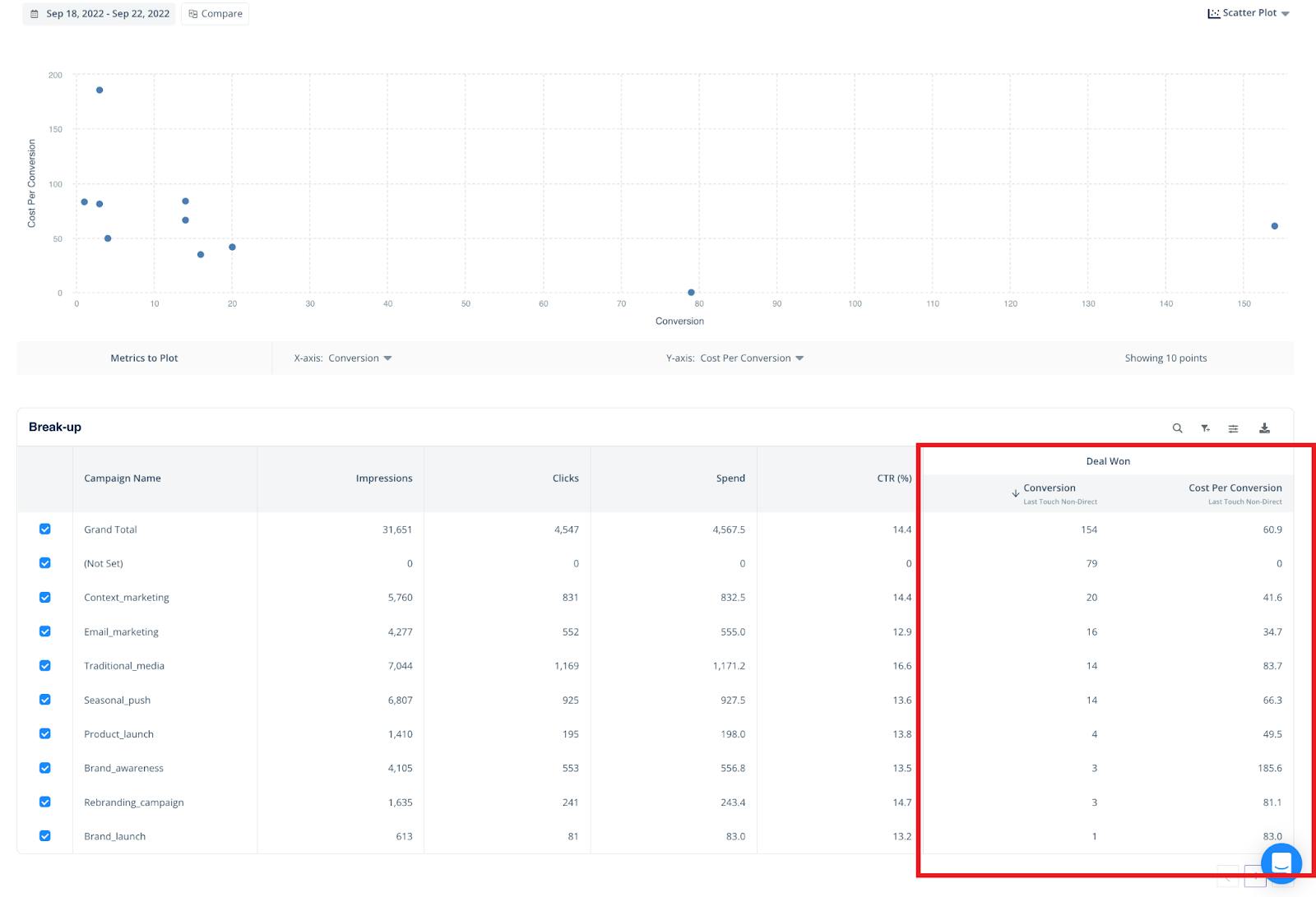

Campaign ROI/ROAS: A useful attribution report would present ROAS/ROI data at a channel, campaign, keyword level, etc. This type of data facilitates better bidding decisions, improved content marketing, cost savings, and more.
Non-Paid Channels vs Paid Channels: A distinction between direct and non-direct sources of traffic helps identify your PPC leads and your organic ones. Both of these play a crucial role in your bidding decisions and your SEO strategy. (How they contribute to leads coming in)

Attributing Sales Funnel: Attribution reports are also capable of attributing and presenting a complete sales funnel. With this data, we can learn about the impact of a business's unique channel acquisition mix and more.

Data Visualization: No attribution report is complete without its data visualization. A good report will also allow for an array of different graphical depictions that adapt to the dimensions you pick on the fly.



An AI-powered attribution tool like factors is capable of augmented features in a report such as recommendations on campaign bidding, data on cost per MQL and SQL, and much more)
Why use attribution reporting?
The need for attribution reporting coincides with the use of attribution as a marketing strategy. An attribution report is nothing but a presentable outcome of your attribution data. Therefore, an attribution report is only as valuable as the attribution data itself. Attribution as a marketing strategy fulfills the need to optimize your marketing spends and track channel performance. That being said, you wouldn’t want to rely on a false source of optimization, or worse, vanity metrics. Attribution reporting means vouching for credible data and attribution as a marketing strategy.
When do we need to use an attribution report?
Unlike a marketing team’s tracking requirements, which tend to be an everyday ordeal. The need to use an attribution report is tentative and depends on when a marketer needs to optimize their strategy. That is determined by several factors.ai, such as:
· Campaign structure
· Bidding cycle
· Campaign to conversion cycle
· Attribution window
How does the attribution window affect my report?
An attribution window, also known as a conversion window, is the timeframe within which a touchpoint can be attributed to a conversion. For example, if your attribution window is 20 days, this means that any touchpoints (like users interacting with your landing page) incurred by prospects will only be linked to a conversion (actions like a demo request) if it occurred within 20 days of the touchpoint. Attribution windows also help with distinguishing your fresh leads from your re-engaged ones and your organic leads from your bought-in ones.
The total number of conversions can be skewed if you don’t set the right attribution window. If you look it up, they’re different recommendations on setting an attribution window. Some recommend as little as 7 days while others suggest 30. The general consensus is that the shorter your window is, the higher its chances of having skewed data. The best thing to do is to observe. Different businesses have unique campaign to conversion cycles. It never hurts to learn yours — keep in mind that sometimes different campaigns might have different conversion windows.

Attribution Reporting Solutions…
When picking a solution, you want the best of the best, so keep our eyes peeled for solutions that offer facilities such as:
Attributing your entire sales funnel and data beyond a single conversion point. Present data that isn't limited to conversion metrics like the ability to compute ROAS Has advance features like distinguishing your stale leads and high intellect leads that drive more pipeline and more
Opting for a solution that is capable of these facilities and more can take your attribution reporting to the next level.
If you’re interested in learning more, schedule a demo and start for free at factors.ai.

